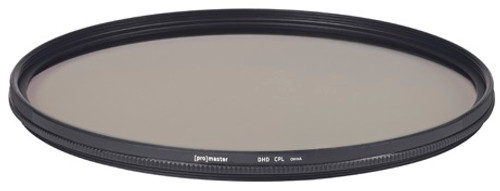The ultimate ultra-wide zoom.
The views through the NIKKOR Z 14-24mm f/2.8 S are simply epic. Ultra-wide perspectives that challenge our sense of scale. Clarity that transports you. A level of detail you have to see to believe. All in the shortest, lightest and most versatile 14-24mm f/2.8 constant aperture zoom available. Optimized for landscapes, cityscapes, night skies, architecture, interiors and environmental portraits—this is the lens for taking it all in.
The world's shortest, lightest f/2.8 ultra-wide zoom*.
The NIKKOR Z 14-24mm f/2.8 S is smaller and lighter than any comparable lens. It's easier on your back, arms and tripod. It takes up less room in your bag, so you'll be more likely to take it everywhere you go. And it's superbly balanced on a Z camera for composing in the moment.
*Among interchangeable zoom lenses for full-frame (Nikon FX-format) digital cameras with interchangeable lenses with a focal range beginning at 14 mm or lower, and a constant maximum aperture of f/2.8 throughout the zoom range, available as of September 16, 2020. Statement based on Nikon research.
Out of the shadows.
Compose with dramatic backlighting from the sun and other light sources. Anti-reflective Nano Crystal Coat (N) and ARNEO (A) coatings virtually eliminate flare, ghosting and coma by suppressing incidental light coming from any direction.
The stars of the show.
Many wide lenses misshape pinpoint lights like stars. Not the NIKKOR Z 14-24mm f/2.8 S. Advancements of the Z Mount and the use of Aspherical elements keep point-light sources like stars and city lights round, sharp and clear, free of sagittal coma and flare.
Brilliant. By design.
Nikon's Z Mount has opened new possibilities for optical design. The NIKKOR Z 14-24mm f/2.8 S takes advantage of them all. From its compact size and extreme resolving power to its integrated filter slot and distortion control, this is a next generation lens in every way.
Plays well with filters.
Unlike conventional ultra-wide zooms, the NIKKOR Z 14-24mm f/2.8 S uses standard 112mm screw-in filters with the included HB-97 lens hood. And for added creativity, it's equipped with a filter slot at the rear element that lets you slide in trimmable filter sheets and gels.
Convenience. Built in.
Quick check. Lens info panel.
Quickly confirm focal length, focus distance, depth of field and aperture when you're shooting from a tripod and can't be behind the camera
Technology
ARNEO Coat
An anti-reflective coating developed by Nikon and used in conjunction with Nano Crystal Coat to further reduce ghost and flare effects caused by incident light entering the lens vertically. This allows for the outstandingly clear capture of images even when a light source is located within the frame.
Stepping Motor
NIKKOR Z lenses use a stepping motor for fast, accurate, smooth, quiet autofocus with reduced wobbling. This quiet drive system makes the lenses ideal for use when shooting video.
Electromagnetic Diaphragm Mechanism
An electromagnetic diaphragm mechanism in the lens barrel provides highly accurate electronic diaphragm or aperture blade control when using auto exposure during continuous shooting. With conventional D/G type lenses, the diaphragm blades are operated by mechanical linkage levers.
ED (Extra-Low Dispersion) Glass
An optical glass developed by Nikon that is used with normal optical glass in telephoto lenses to obtain optimum correction of chromatic aberrations.
Nano Crystal Coat
An anti-reflective coating developed by Nikon that virtually eliminates internal lens element reflections across a wide range of wavelengths. Nano Crystal Coat solves ghost effects caused by red light and effectively reduces ghost and flare caused by light entering the lens diagonally.
Aspherical Lens
A lens with a curved, non-spherical surface. Used to reduce aberrations and enable a more compact lens size. Aspherical lenses minimize coma and other types of lens aberrations, even when used at the widest aperture. They are particularly useful in correcting distortion in wide-angle lenses and help contribute to a lighter, more compact design by reducing the number of standard (spherical) elements necessary. Aspherical lens elements correct these distortions by continuously changing the refractive index from the center of the lens.
IF Lens
A NIKKOR lens in which only the internal lens group shifts during focusing. Thus, IF NIKKORS do not change in size during AF operation, allowing for compact, lightweight lenses capable of closer focusing distances. These lenses will be designated with the abbreviation IF on the lens barrel.
Super Integrated Coating
Nikon Super Integrated Coating is Nikon's term for its multilayer coating of the optical elements in NIKKOR lenses.



